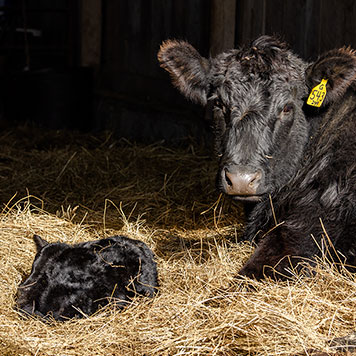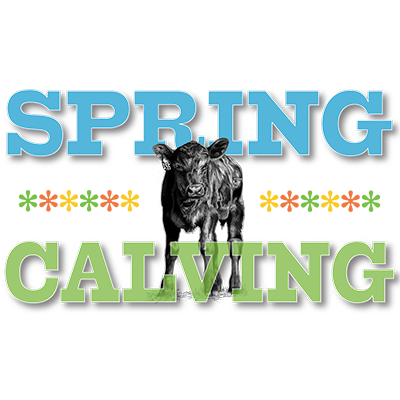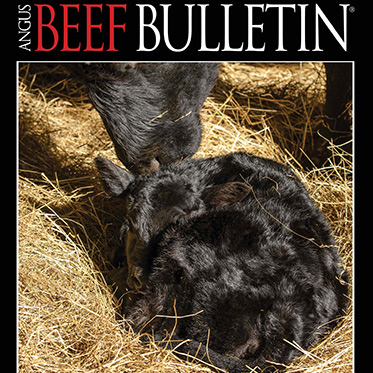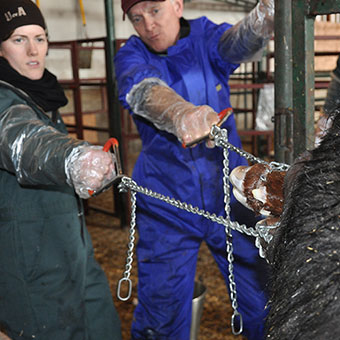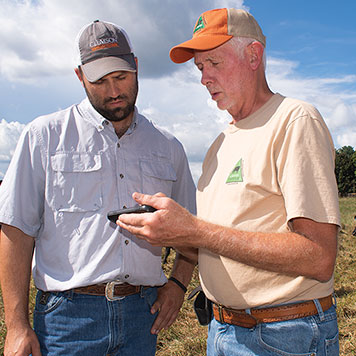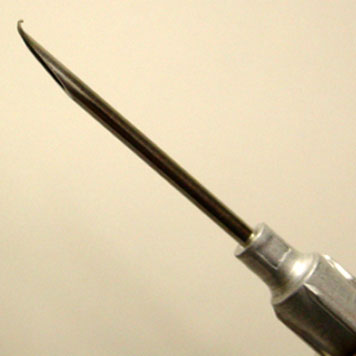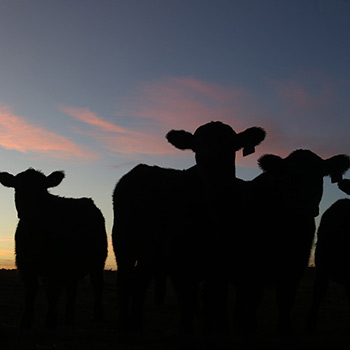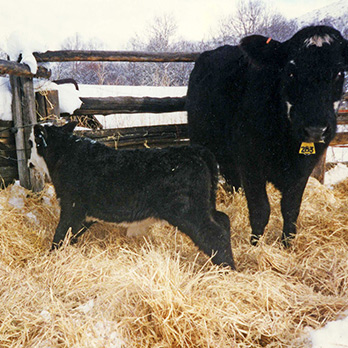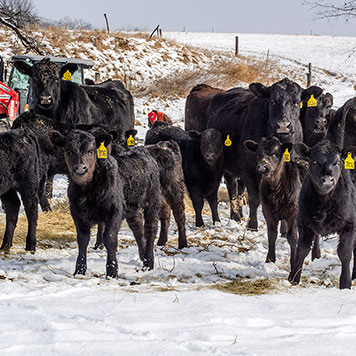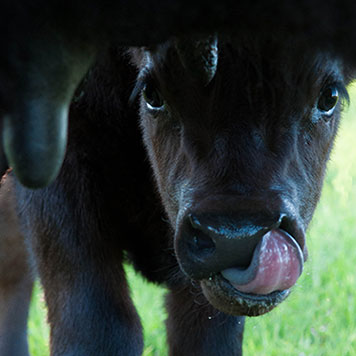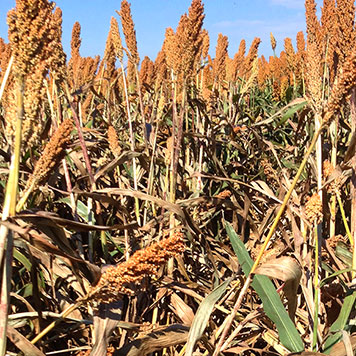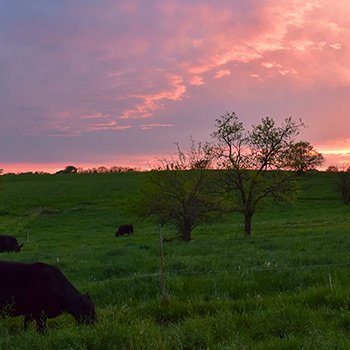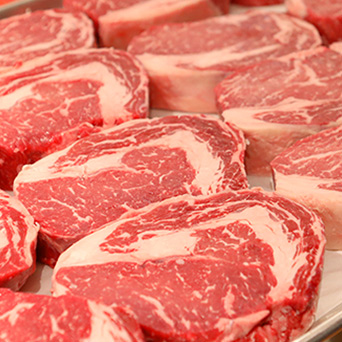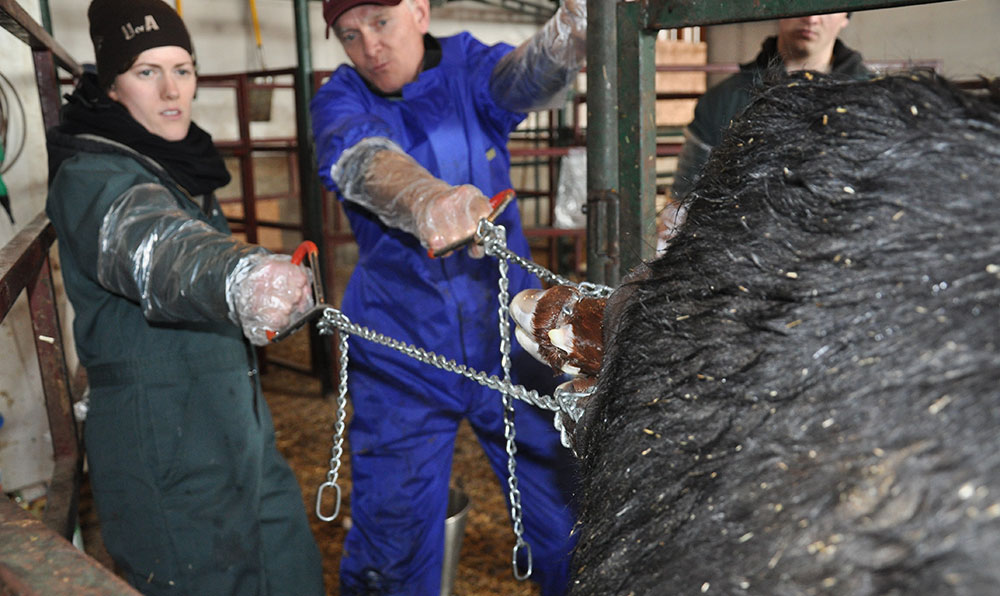
Tips on Pulling a Calf
From applying the right amount of pressure to knowing when to call the vet, these tips help save calves.
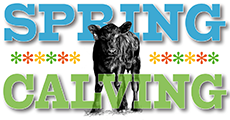
Intervening can help a cow deliver her calf, but the wrong pressure can end up hurting more than helping.
Most ranchers know they should use a double half-hitch when placing chains on the calf’s legs for pulling, with one loop mid-cannon and the other below the fetlock joint.
“Some people don’t understand where the chain should be, however, between those two points,” says Cody Creelman, of Veterinary Ag-Health Services, a five-veterinarian beef cattle practice at Airdrie, Alta., Canada.
It should be on the top of the leg, in the 12 o’clock position if the calf is coming normally, he explains. This applies most of the force and stress along the strongest part and angle of the leg bone. That is much better than having it underneath or to one side of the leg. Having the chain on top of the leg provides the most leverage when doing a forced extraction, but also is safest for the calf to prevent injury to the leg.
“Even if you can only get one loop around the leg when first applying the chains (when the legs are still inside the cow and you don’t have much room to work), after the legs are coming into the birth canal, you have more room to reposition the chains, before you put a lot of force on the calf. Always have the double half hitch before you use a calf jack,” he says.
Make sure the calf’s elbows are through the pelvis before applying too much pressure, because they may hang up and make extraction difficult or impossible. Pull on each leg individually until the elbow comes through, he says. You can often feel/hear a pop as it comes through and the leg is finally straight. Then you can put equal pressure on both legs as you pull the calf.
Keep track of the head’s position to make sure it is actually starting through the birth canal and not turning off to one side.
“When using a calf jack, always be aware that the amount of force you can apply is far greater than what can be applied by human strength. A calf jack can apply as much force as four strong men pulling together, which is too much. That can cause a lot of damage to the cow and calf. If excessive force is required, we need a different kind of intervention, such as a Cesarean section (C-section) or fetotomy (cutting the calf into pieces to bring it out, if it is already dead).”
Timing is also important, and so is being familiar with stages of labor to know when intervention should occur.
“When the cow is in second-stage labor, with forced abdominal contractions, the general rule of thumb is if she is not progressing within an hour, intervention/assistance is needed,” Creelman says. “You may have to check to see if the calf is coming normally, or identify the problem and correct it. Don’t let it go too long. It’s also important to know when to request help. Our standard rule of thumb is that if you are unable to make progress with your intervention within 20 minutes, it may require a different intervention.”
Don’t wait too long to make that decision to call your veterinarian, especially if it may take a while for him/her to get to your place. The best success comes with early intervention rather than waiting too long.
An oversized calf is usually the typical cause of dystocia. As a rule of thumb, if the legs are crossing the calf is too large. This usually means the calf is wide in the shoulders and may be too wide to come out.
If you are having trouble with the head going back or off to the side and not coming into the birth canal, the calf may be too large, says Creelman.
Also if the head is starting to enter the birth canal but is too large, it stops there and you can’t put your fingers over the forehead. There’s no room to force your fingers between the forehead and the bony pelvis. When in doubt, have your veterinarian come — and possibly do a Cesarean — and end up with a live calf.
Editor’s note: Heather Smith Thomas is a cattlewoman and freelance writer from Salmon, Idaho.
